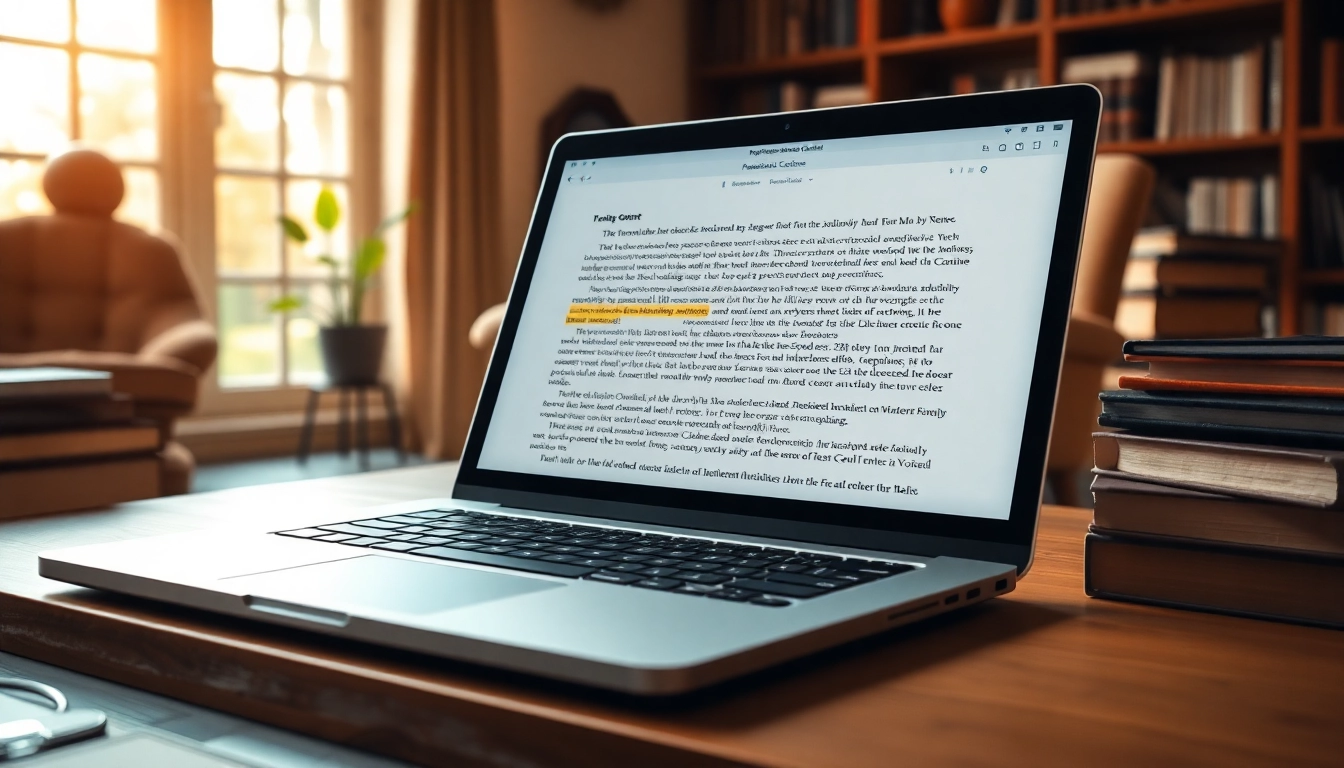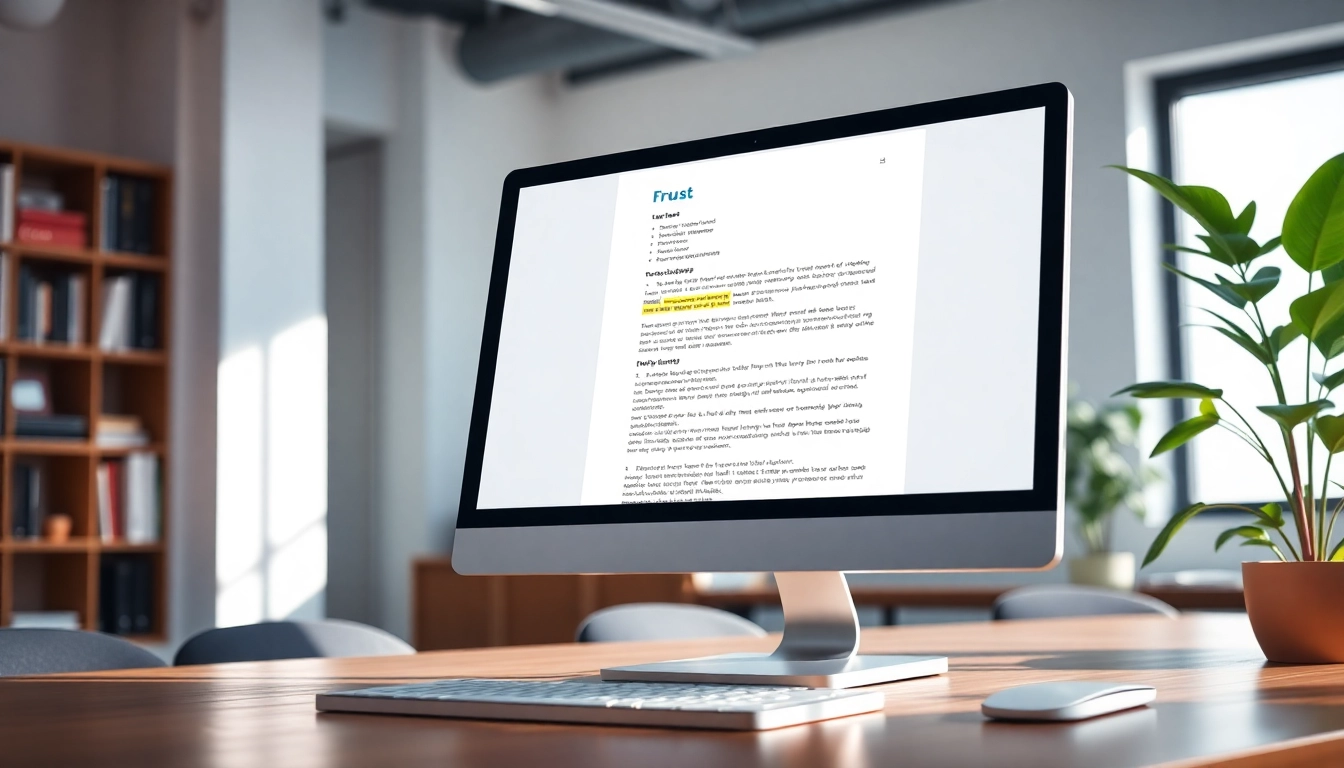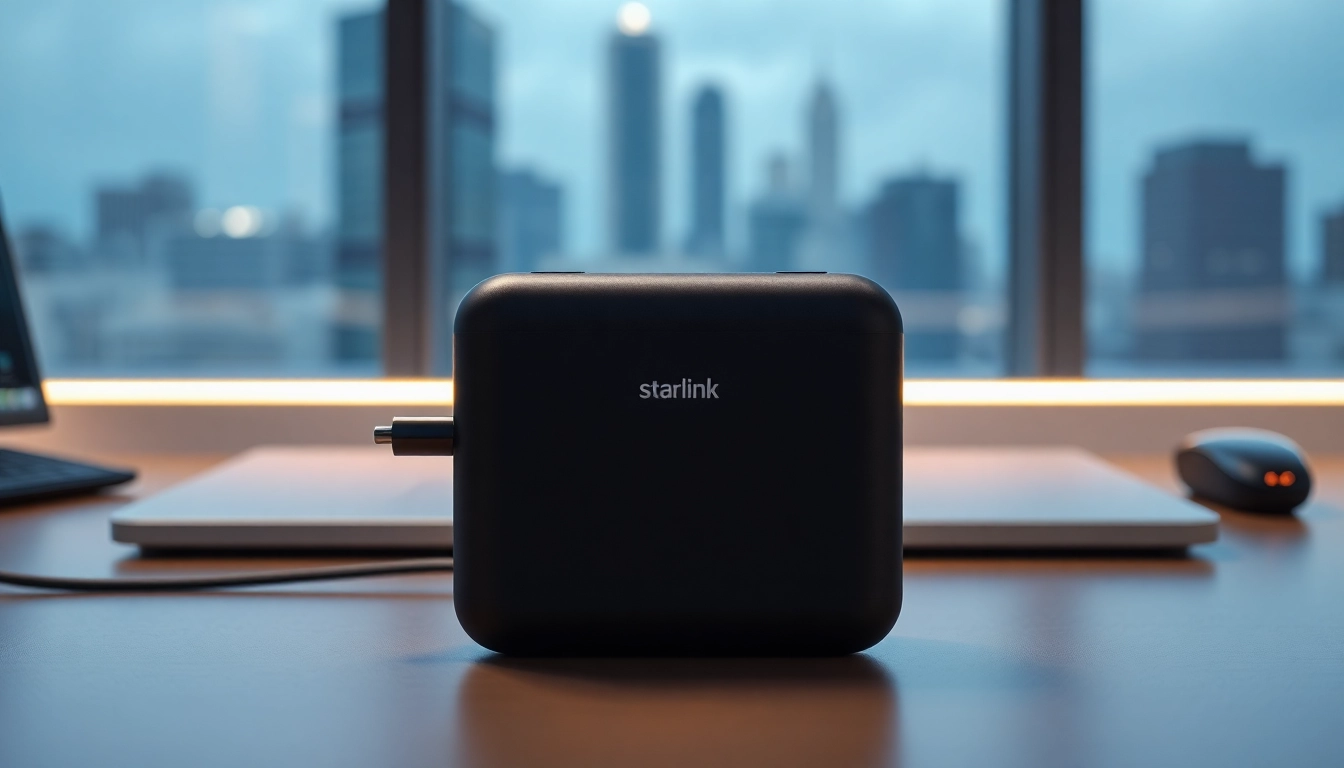The Importance of Using a Plagiarism Checker
In today’s academic and professional landscape, the significance of originality cannot be overstated. Whether you are a student drafting an essay, a researcher publishing a paper, or a professional preparing a report, the need to ensure that your work is original is paramount. This is where a plagiarism checker becomes an invaluable tool. It helps detect any unintentional copying, ensuring that your work remains unique and credible. In this article, we will explore what plagiarism is, the consequences of it, how a plagiarism checker can assist, and best practices for avoiding plagiarism.
Understanding Plagiarism
Plagiarism can be defined as the act of presenting someone else’s work, ideas, or expressions as your own without proper acknowledgment. It can manifest in various forms, including direct copying, paraphrasing without credit, and even self-plagiarism, where individuals reuse their previous written work without disclosure. Understanding the different types of plagiarism is crucial for students and professionals alike, as it lays the groundwork for recognizing and preventing it in future work.
- Direct Plagiarism: Copying text word-for-word without citation.
- Self-Plagiarism: Reusing your own previous work without acknowledging it.
- Paraphrasing: Rewording someone else’s ideas but failing to credit the source.
Consequences of Plagiarism
The repercussions of plagiarism can be severe. They range from academic penalties, such as failing grades or expulsion, to professional consequences like job termination and reputational damage. In the academic realm, institutions often employ stringent plagiarism detection methods, and falling foul of these policies can hinder a student’s future prospects. In the professional world, an individual’s credibility may be irreparably damaged if they are found guilty of plagiarism. Thus, recognizing the risks involved is crucial for every writer.
How a Plagiarism Checker Helps
Integrating a plagiarism checker into your writing process serves as a proactive measure to safeguard your work’s integrity. These tools scan submitted documents against extensive databases, including online articles, journals, and papers, to identify potential matches. They provide detailed reports that indicate which portions of text may need revision or proper citations, allowing users to make informed adjustments before submission.
How to Choose the Right Plagiarism Checker
With a plethora of plagiarism checkers available, selecting the right one can be daunting. Here, we outline the features you should consider when making a choice.
Key Features to Look For
Not all plagiarism checkers are created equal. When evaluating these tools, keep an eye out for crucial features that can significantly enhance their effectiveness:
- Database Size: A wide-ranging database will improve detection rates, covering more potential sources of plagiarism.
- Percentage of Similarity: The tool should provide a detailed report showing the percentage of similarity, which helps you gauge how original your work is.
- Real-Time Checking: This feature allows you to check work as you write, offering immediate feedback to prevent plagiarism before it occurs.
- File Compatibility: Ensure that the tool can accept various file formats—this flexibility can be beneficial depending on how you draft your documents.
- User-Friendly Interface: A straightforward, intuitive interface will enhance your experience, making it easier to navigate and interpret results.
Evaluating Accuracy and Reliability
Accuracy is of utmost importance when choosing a plagiarism checker. Take the time to review user feedback and expert opinions. Some checkers may give false positives or overlook certain matches, so look for tools with a proven track record of reliability. Testing multiple services may help identify the one that best meets your needs.
Free vs. Paid Options
Many plagiarism checkers are available in both free and paid versions. Free options may provide basic functionality sufficient for casual users, while paid versions often offer additional features such as more extensive databases, detailed reporting, and enhanced accuracy. Weigh the costs versus your specific needs to decide whether an investment in a premium service is warranted.
Step-by-Step Guide to Using a Plagiarism Checker
Utilizing a plagiarism checker effectively can enhance your writing quality and ensure originality. Here’s a step-by-step guide:
Preparing Your Document
Before running a plagiarism check, ensure your document is finalized as much as possible. Remove any unnecessary formatting that could affect the checker’s performance, and ensure the text is in a supported file format.
Running the Check
Upload your document to the plagiarism checker. Most tools will have a straightforward interface: simply drag and drop your file or copy-paste text into the provided field. Initiate the scan, and wait for the software to analyze the document against its database.
Interpreting the Results
Once the scan is complete, review the results carefully. A reliable plagiarism checker will provide you with a breakdown of highlighted sections, coupled with recommendations for proper citations or revisions. Understand the context of flagged text, and determine whether it requires changes or proper acknowledgment.
Best Practices for Avoiding Plagiarism
Prevention is always better than cure. Here are best practices that can help minimize the chances of inadvertently plagiarizing:
Properly Citing Sources
Understanding citation styles (APA, MLA, Chicago, etc.) is essential in academic writing. Always give credit to original authors when using their ideas, research, or quotations. Use citation tools or guides to help format your references correctly.
Paraphrasing Effectively
Paraphrasing is a valuable skill, but it requires careful attention to detail. Simply changing a few words in a sentence does not make it original; you must genuinely rephrase ideas in your own words and structure while attributing the source. Practice in this area will enhance your writing skills and reduce the risk of plagiarism.
Using Academic Integrity Resources
Many educational institutions provide resources to help students understand plagiarism and maintain academic integrity. Attend workshops, use writing centers, and access online materials provided by your school to improve your knowledge and skills related to proper writing and citation practices.
Frequently Asked Questions about Plagiarism Checkers
What is the Best Plagiarism Checker?
The best plagiarism checker frequently depends on your user needs. Consider factors such as the type of work you do, the extent of checking required, and if you prefer a free or premium service. Reviews and expert analyses can help you make an informed choice.
Can Plagiarism Checkers Detect AI-Generated Content?
Many advanced plagiarism checkers are now equipped to identify AI-generated content, as they scan for patterns typical in AI writing. However, users should remain cautious, as not all checkers are equally adept in this area, and it’s best to verify using multiple tools if concerned.
How Accurate are Plagiarism Checkers?
The accuracy of plagiarism checkers can vary based on their algorithms, database size, and user experience. While no tool can guarantee 100% accuracy, many offer reliable assessments. Look for services with transparent methodologies and user feedback to find one that meets your expectations.















Leave a Reply